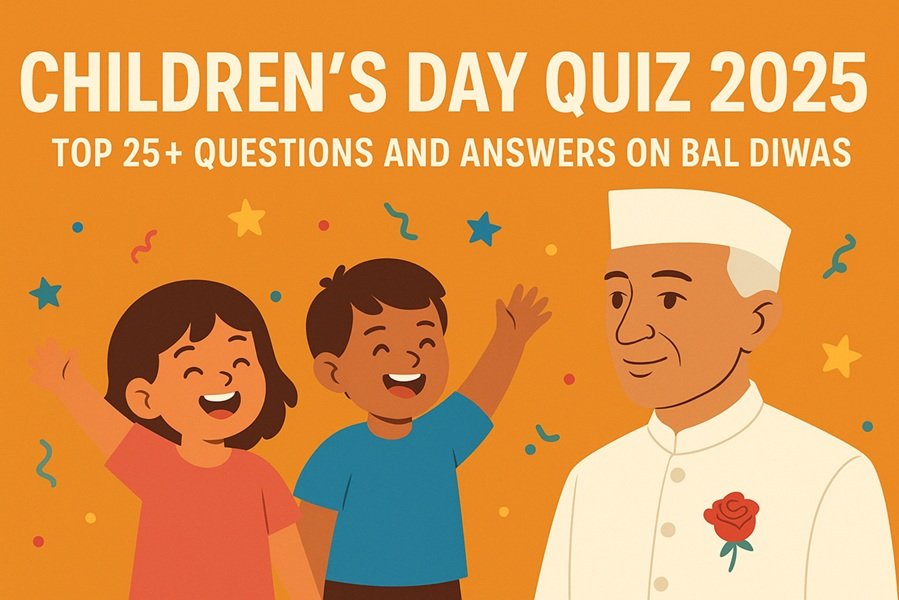
Introduction
In a major move towards enhancing caller identification, Indian telecom operators—Reliance Jio, Bharti Airtel, and Vodafone Idea (Vi)—are working on implementing the Calling Name Presentation (CNAP) feature. This will enable users to see the caller’s registered name directly on their phone screens without relying on third-party apps like Truecaller.
The initiative comes in response to increasing concerns over spam calls, fraud, and the accuracy of existing caller ID solutions. The Telecom Regulatory Authority of India (TRAI) has been pushing for a standardized, network-level caller identification mechanism, ensuring greater transparency in telecommunications.
What is CNAP?
Calling Name Presentation (CNAP) is a telecom feature that displays the caller’s registered name along with the phone number when making a call. Unlike traditional caller ID, which only shows the phone number (unless saved in contacts), CNAP aims to provide a verified and standardized name associated with the phone number. This data will be drawn from the official records maintained by telecom operators.
How CNAP Works
- When a call is made, the telecom network retrieves the caller’s name from the database where subscriber details are stored.
- The caller’s name is then sent to the recipient’s device along with the phone number.
- The recipient’s phone displays both the name and number, offering real-time caller identification.
This method is expected to reduce reliance on third-party apps and enhance security by providing accurate information sourced from telecom databases rather than user-generated data.
Why is CNAP Being Introduced?
1. Combatting Spam and Fraud Calls
India has been experiencing an increasing number of spam, fraud, and promotional calls. Many fraudsters use fake identities to deceive users into revealing personal or financial details. CNAP aims to curb this issue by ensuring that a caller’s registered name is displayed, making it harder for scammers to operate anonymously.
2. Eliminating Dependence on Third-Party Apps
Apps like Truecaller rely on crowd-sourced data, which is often inaccurate or outdated. CNAP, on the other hand, will pull caller information directly from the telecom provider’s database, ensuring more reliable identification.
3. Government and Regulatory Push
TRAI has been advocating for CNAP to create a more transparent and secure telecom ecosystem. In January 2025, the Department of Telecommunications (DoT) mandated telecom providers to implement CNAP, making India one of the first countries to introduce a standardized caller ID system at the network level.
Benefits of CNAP
- More Accurate Caller Identification – Unlike Truecaller, CNAP ensures that the name displayed is the one registered with the telecom provider, reducing chances of incorrect labeling.
- Increased Privacy for Users – Users will no longer have to share their contact lists with third-party apps to access caller ID features.
- Spam Call Reduction – Fraudsters will find it harder to make scam calls since their real registered names will be displayed.
- Better Experience for Businesses – Verified business calls can improve customer trust, making communication more effective and reliable.
Challenges and Concerns
1. Privacy Concerns
One major issue with CNAP is privacy. Users who wish to remain anonymous when calling, such as journalists, whistleblowers, or abuse victims, may find this feature problematic. There are also concerns that telecom providers could share or misuse customer data.
2. Compatibility Issues
CNAP may not work on all phones, especially older 2G and feature phones, limiting its reach. Additionally, users without smartphones may not benefit from the feature.
3. Call Connection Delays
Technical experts have raised concerns that fetching and displaying the caller’s name in real-time may increase call setup times, leading to minor delays in connecting calls.
4. Impact on Truecaller and Similar Apps
CNAP could significantly affect third-party caller ID services like Truecaller, Hiya, and Whoscall. Since these apps rely on crowd-sourced databases, their accuracy has often been questioned. With CNAP offering an official and accurate alternative, user reliance on such apps may decrease.
Implementation Timeline and Next Steps
- 2024: Initial discussions and regulatory approvals were completed.
- Mid-2024: Telecom operators began testing CNAP in selected regions.
- January 2025: Telecom operators are expected to roll out CNAP nationwide as per government directives.
- 2025 Onwards: Further refinements and potential expansion to support feature phones and VoIP calls.
Conclusion
The introduction of CNAP marks a significant shift in the way caller identification is handled in India. By providing a built-in solution that ensures accurate and verified caller names, CNAP aims to improve security, transparency, and user experience in telecommunications. However, privacy concerns and potential compatibility issues need to be addressed for seamless implementation.
As telecom companies move forward with the rollout, users can expect a safer and more reliable way to identify callers, ultimately reducing the risks associated with spam and fraudulent calls.





